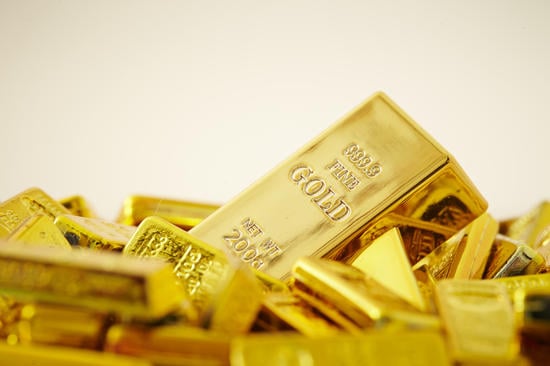Gold is having a serious moment. For the first time in decades, it’s leapfrogged the euro to become the second most-held reserve asset by central banks—trailing only the US dollar. According to a new ECB report, central banks snapped up over 1,000 tonnes of gold in 2024 for the third year in a row—roughly 20% of global supply. That helped drive gold to a record $3,500 per troy ounce, pushing its share of total reserves to 20%, compared to the euro’s 16%. The move is being fueled by a potent mix of price momentum and a bigger story: a world looking for safe, sanction-proof assets.
Big buyers like China, India, Turkey, and Poland aren’t just chasing returns. They’re hedging against political risk. Since the West froze Russia’s financial assets in 2022, a growing number of emerging markets have been loading up on gold to sidestep the potential fallout of future sanctions. The ECB noted that in five of the ten biggest reserve jumps since 1999, the countries involved had faced sanctions either that year or the year before. That’s not a coincidence. And it’s not just about fear—it’s strategy. These governments are opting for physical gold over fiat as trust in the dollar-centric system thins.
The scale is historic. Global central bank reserves now sit at 36,000 tonnes—almost back to the 1965 Bretton Woods highs. This isn’t the usual inflation hedge story, either. Since 2022, gold’s correlation with real yields has broken down, suggesting a shift in investor psychology. It’s not just about returns anymore—it’s about control. Gold doesn’t pay interest and is costly to store, but it also can’t be frozen, censored, or sanctioned. And if this central bank demand keeps building, the supply side could start catching up, too. History suggests miners will follow the money.
